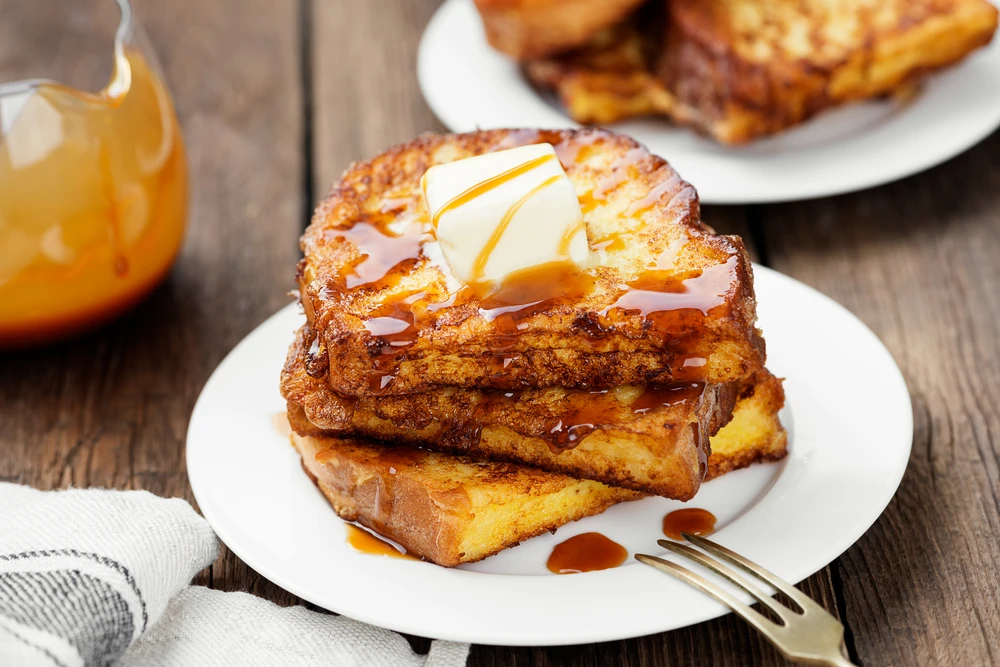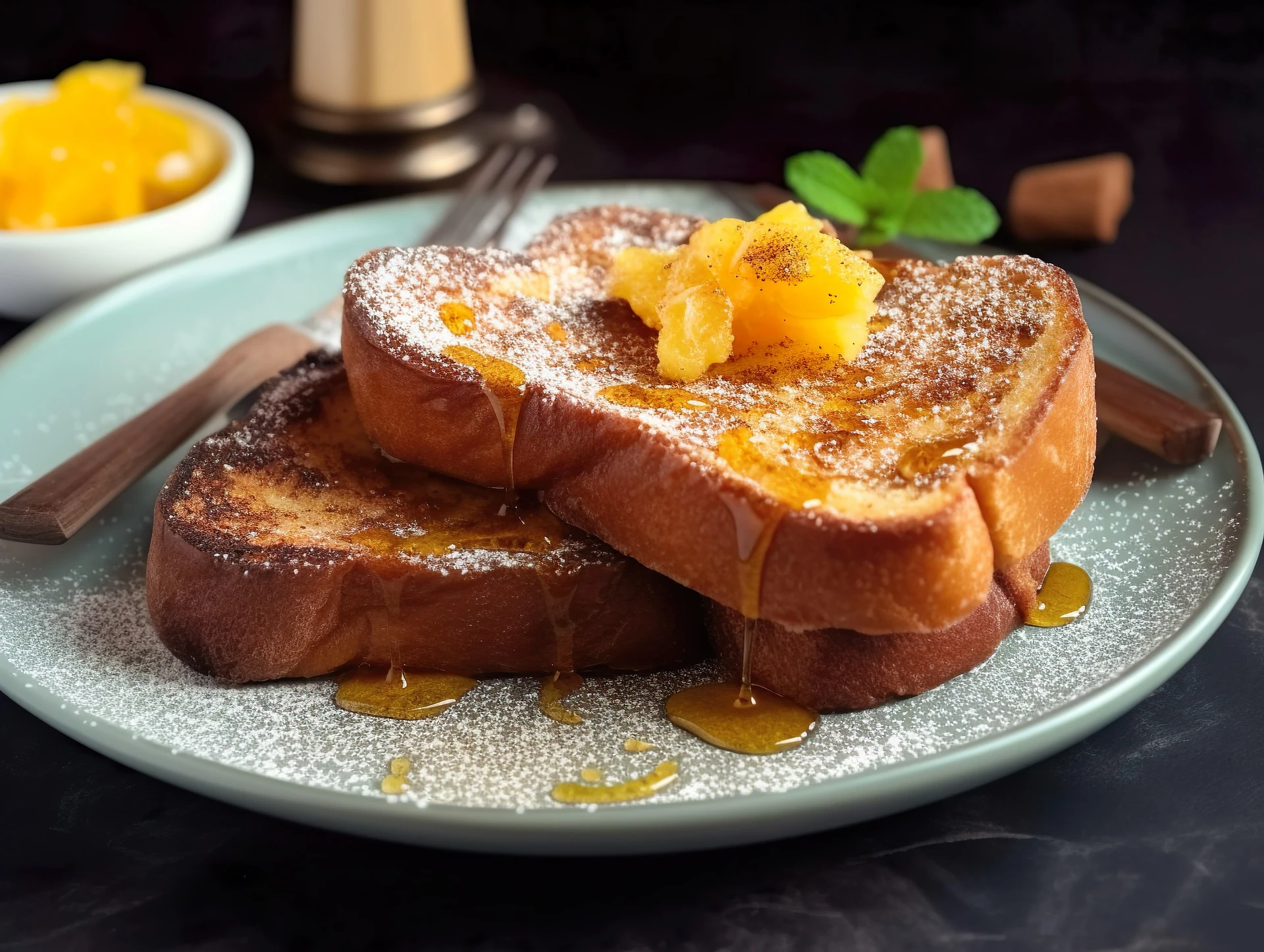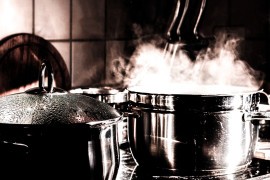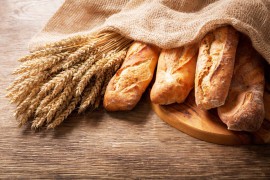French toast recipe
Ingredients (serves 4 to 6)
-
8 slices of stale bread (baguette, sandwich or farmhouse loaf)
- 4 eggs
- 300 ml whole milk
- 50 g sugar + 1 sachet vanilla sugar
- 1 pinch salt
- 1 teaspoon vanilla extract
- 30 g butter + a little neutral oil
Preparing French toast
-
In a bowl, whisk the eggs with the milk, sugar, vanilla and salt.
-
Soak each slice of bread for a few seconds, without breaking it.
-
Heat a frying pan over medium heat with the butter and a little oil.
-
Cook each slice for 3 to 4 minutes on each side until nicely colored.
-
Drain on absorbent paper, then serve warm with sugar, honey or fresh fruit.
Du pain perdu Image par nelea33/Shutterstock
Brioche perdue: what is it?
Brioche perdue is the chic version of French toast. We use brioche that's a little dry, richer in butter and eggs, which absorbs the milk-egg mixture better and gives a melting, caramelized texture. This version is found in elegant brunches or gourmet desserts, sometimes served with salted butter caramel, pan-fried fruit or vanilla ice cream. In short, the luxury French toast, simple but spectacular.
Three tips for successful French toast
-
Ideal bread: choose a tight-crumb, slightly stale bread - it absorbs without disintegrating.
-
Short soak: 30 to 60 seconds is enough, then drain the excess.
-
Gentle cooking: mix butter and oil, medium heat, turn gently.
Try the brioche perdue it's delicious! image chosen by Monsieur de France: Renato Fernandes de Pixabay
Gourmet variations
Brioche French toast: softer, perfect for brunch.
Apple French toast: add apples sautéed in butter before serving.
Rolled French toast: flatten slices, spread with jam, roll and brown.
Salted French toast: remove sugar, add cheese and herbs, serve with ham or bacon.
History of French toast
French toast has its roots in Ancient Rome, where bread was soaked in milk and honey before frying: already a primitive version of our dessert. In the Middle Ages, French texts mention "pain ferré", bread soaked and then baked. Between the XIVᵉ and XVIᵉ centuries, le pain perdu becomes popular: it valorizes leftovers and symbolizes anti-waste cooking. Its name evokes the "lost" bread that is saved. Little by little, this humble recipe made its way to noble tables; Henri IV himself is said to have been fond of it. Depending on the country, it changes name: French toast in England, torrija in Spain, Arme Ritter in Germany. In North America, it's served with maple syrup; in Spain, it's flavored with sweet wine. In the XXᵉ century, chefs reinvent this classic: flambéed with rum, topped with fruit, or garnished with mascarpone. Brioche perdue becomes the "haute couture" version of the dessert. Pastry is the French art of sublimating simplicity, a symbol of ingenuity and sweetness.
FAQ: everything you need to know about French toast
1. What's the difference between French toast and brioche perdu?
French toast uses stale bread; brioche perdue, richer in butter and eggs, offers a softer, caramelized result.
2. Can you use fresh bread?
Yes, but dry it in the oven for a few minutes to prevent it from falling apart in the mixture.
3. How long to soak the bread?
From 30 to 60 seconds depending on thickness, just enough to soak without getting soggy.
4. Can you replace milk with vegetable milk?
Yes, almond, oat or soy milk work very well and give a different flavor.
5. How to get a crispy crust
Use a hot frying pan to start with, then lower the heat to cook gently through.
6. Can French toast be made in advance?
Yes, but it's better to reheat it in the oven to keep its crisp texture.
7. Which topping to add?
Fresh fruit, caramel, honey, custard, or even a scoop of vanilla ice cream: anything goes! I'm partial to raisins and even a dash of rum;
8. What is the origin of the name "pain perdu"?
Because we "save" bread that would otherwise be lost: an anti-waste dish before its time.
9. What's the best brioche for brioche perdue?
A slightly stale brioche, such as a Parisienne or Vendéenne, which holds its shape after soaking.
10. Can we make a savoury version?
Yes: remove the sugar, add beaten egg, grated cheese, ham or herbs; delicious at brunch.







